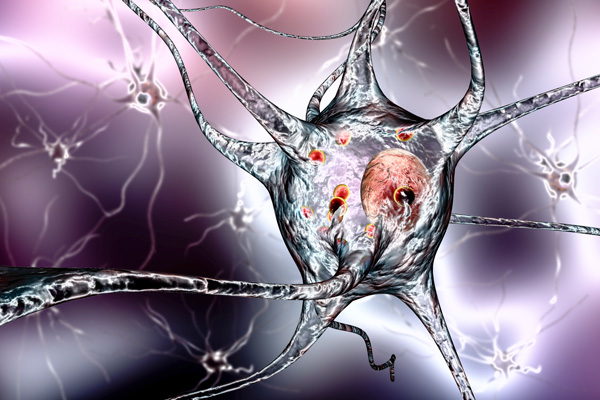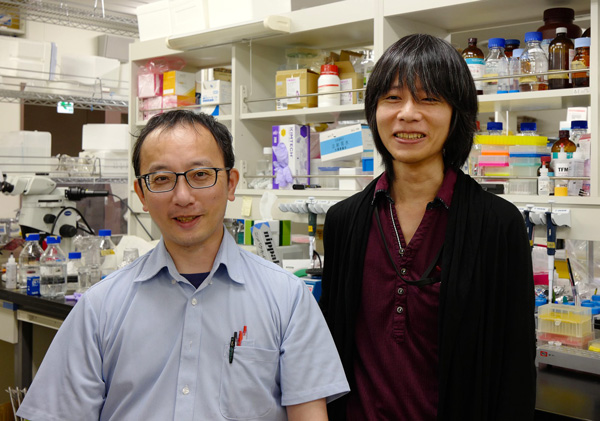
Figure 1: Parkinson's disease primarily affects neurons in the brain that produce dopamine (depicted here). Now, RIKEN researchers have found that selective vulnerability of neurons also applies to a mouse model of autism, affecting neurons that produce oxytocin. © KATERYNA KON/SCIENCE PHOTO LIBRARY
Specific neurons that secrete the neuropeptide oxytocin in the brain are disproportionately disrupted in a mouse model of autism, RIKEN neuroscientists have found1. Artificially stimulating neurons restored social behaviors in these mice. These findings could help to develop new ways to treat autism.
Neurodevelopmental disorders such as autism spectrum disorder have been widely studied, but the molecular mechanisms that underlie them remain largely unknown.
In neurodegenerative diseases such as Parkinson's disease, certain types of neurons are more likely to accumulate disease-related proteins and have their functions impaired. This phenomenon is known as selective neuronal vulnerability.
Knowing which neurons are most vulnerable helps explain the symptoms of neurodegenerative diseases. It can also guide the development of targeted therapeutic approaches.
But is not known whether selective neuronal vulnerability also applies to neurodevelopmental disorders such as autism spectrum disorder.
Now, Kazunari Miyamichi of the RIKEN Center for Biosystems Dynamics Research and his colleagues have found that oxytocin-secreting neurons-known for their key role in establishing and maintaining social bonds-are selectively disrupted in a neurodevelopmental disorder model associated with atypical social traits.
They used the valproic-acid mouse model of autism spectrum disorder; such mice exhibit reduced social behaviors as a result of being exposed to the anti-epileptic drug valproic acid in the womb.
Miyamichi and his team found that they also have lower oxytocin levels in the brain region housing parvocellular oxytocin neurons that mediate social reward processes.
Single-cell RNA sequencing revealed that many genes crucial for neural function were expressed differently in these cells compared to control mice and that oxytocin gene expression is significantly reduced.
This came as a surprise to the team. "Given the systemic effects of valproic acid, impacting the entire body of embryos without spatial or cell type specificity, we didn't expect that certain cell types would be disproportionately affected," says Miyamichi.
Even more surprising was the finding that stimulating these cells shortly after birth led to a gradual but significant increase in oxytocin expression. It also enhanced social behaviors, with mice displaying more exploratory interactions with other mice. Remarkably, a single activation during the neonatal stage had a lasting effect, restoring gene expression and improving social behaviors into young adulthood.
Together, the findings suggest that the concept of selective neuronal vulnerability is applicable to neurodevelopmental disorders and that stimulating the affected cells could restore their function.
These discoveries could have implications for people, Miyamichi says. "Unraveling this recovery process may offer valuable insights into potential strategies for addressing social deficits in a range of human neurodevelopmental disorders."
Further clinical investigations are needed to explore this exciting possibility.

Kazunari Miyamichi (left), Masafumi Tsurutani (right) and colleagues have shown in a mouse model of autism that specific oxytocin-secreting neurons in the brain are disproportionately disrupted and that neurostimulation can restore social behaviors. © 2025 RIKEN Center for Biosystems Dynamics Research






